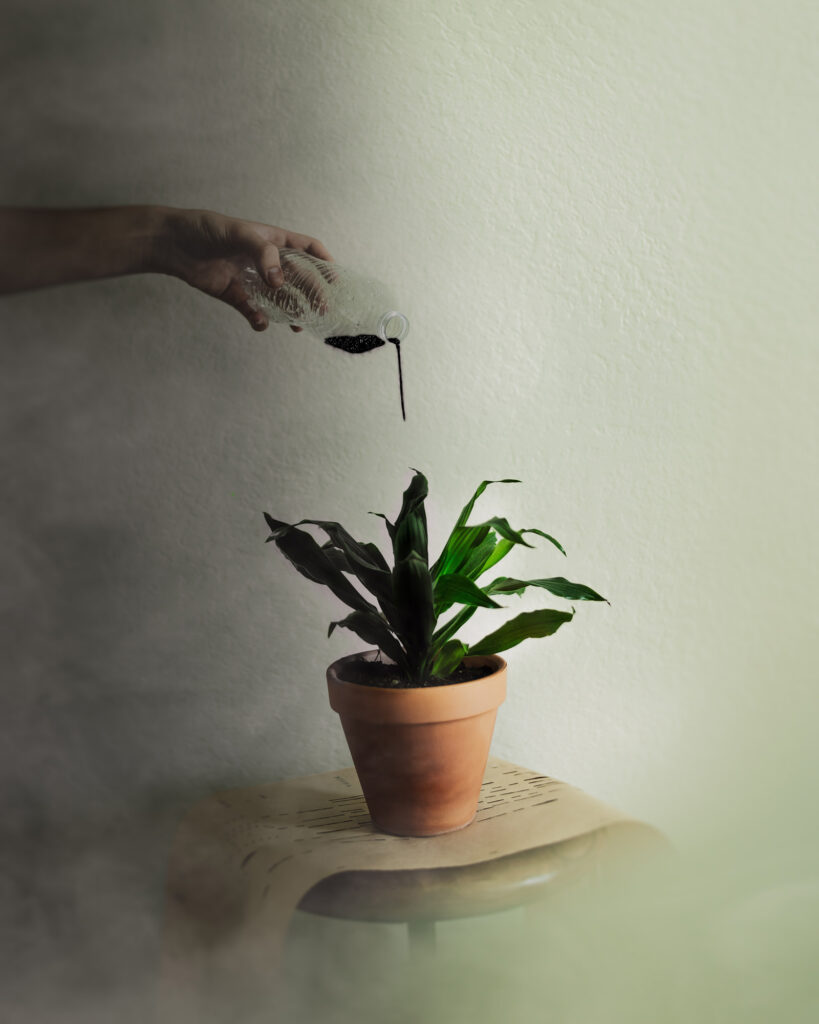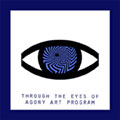Impact Report
The art project improved the physical, mental, spiritual, and social well-being of internally displaced people who had been persecuted, tormented, and forgotten
The art project greatly boosted their confidence and self-esteem by providing an acceptable vehicle for expressing their feelings, healing their traumatic experiences, and depicting their dreams, hopes, and even anger in a beautiful way.
This project has already imprinted in them the notion that they are worthwhile, capable, and appreciated, and that their stories, artworks, and efforts are being acknowledged.
Means of contribution
- Purchasing: The artworks of internally displaced children from Myanmar can be purchased.
The “Certificate of Appreciation” will be provided to anyone who has paid US dollars 500 and above.
In the USA. A “thank you letter” will be sent to individual or collective buyers. The basic price is 100 USD which includes the packaging, framework, and delivery fees. The “Certificate of Appreciation” will be provided to anyone who has paid US dollars 500 and above. Each painting has an identifying number and the order should be made by that number. The artists’ profiles and catalogs can be found in Annex. - Donation: Cash donations and donations via Zelle, Bank, Cheque, and PayPal are also accepted. A “Certificate of Appreciation” will be provided to any person or organization that has donated US dollars 500 or more to the program.
- Being an ambassador: Interested individuals and groups who believe in our values and mission to transform the lives of tormented and persecuted children through art can be an ambassador for them by spreading awareness about the program within their social circle.

Problem Statement
For decades, Myanmar has been suffering from severe pain, a worsening health care system, outdated education, corruption, and extreme mismanagement of the economy, ethnic discrimination, and religious persecution due to its world’s longest and most ruthless military dictatorship – Tatmadaw. The February 1st coup of 2021 and the current political unrest is another an ugly manifestation of this – turning the nation into a slaughterhouse by killing thousands of its own innocent citizens in broad daylight in a public square; thousands of peaceful protesters are still under detention. Hundreds of thousands of families are now homeless, and displaced and have lost their loved ones due to the violent fighting in several regions of the country.
In April, 2022, the UN’s World Food Program (WFP) warned that 3.4 million people in Myanmar will face hunger due to coup, endemic poverty, and the covid pandemic. In addition, the banking system of Myanmar has collapsed – access to money is nearly impossible for civilians and aid organizations. The third wave of covid hit Myanmar hard and thousands of people are dying every day due to the shortage of oxygen supply. To make matter worse, the junta has prevented people from getting oxygen supplies by arresting civilians queuing up for refill, inciting fears and demolishing rights of people to save the lives of their loved ones. This only adds to the evidence of the junta weaponizing covid to massacre innocent civilians.
Now, the people of Myanmar are living in a country where there is no law, no rights, no mercy, no cash – nor even a home. Waking up to war is a way of life. UNICEF Myanmar has stated that children in Myanmar are in peril and no place is safe for them due to both coup and covid. When stupidity and firearms become the weapons of ruthless Myanmar generals, the dreams of innocent children are crushed; instead, a life of war, fear and hopelessness fall upon their heads.

Background Story
Like many others, Zaw Tu Hkawng fled into the jungle in search of safety and security due to his activism against the military coup on February 1st, 2021. As Zaw Tu Hkawng has found sanctuary in the jungle, he has encountered other unbearable and sad scenarios – people losing their lives and belongings due to flooding and land slides, and thousands of internally displaced children living in cramped camps and starving, with no sense of hope or meaning. Zaw Tu Hkawng has taken up this moral calling to do something for the most vulnerable group of children in a small and rightful way that could have a big impact – using the power of art, especially for children to enable them to express feelings that they may not have the language for.
Zaw has reached out to many of his friends in the USA to support his art program financially for internally displaced children. Thankfully, a group from the Kachin community in Los Angeles, whom he met during his stay there as a fellow working for the Los Angeles Mayor’s Office of International Affairs, donated a total of US$ 1500 to start off his art program. This fellowship was part of Zaw’s participation as a Global Leader in the McCain Institute 2019-2020 International Leadership Program based in Washington.
Therefore, in the midst of quadruple tragedies: coup, covid, economic deterioration, and natural disaster, Zaw is leading the “Through the Eyes of Agony” arts program which is to build faith, hope, and love for the most vulnerable group – ethnic Kachin children from the northern part of Myanmar who is oppressed, persecuted, displaced and afflicted by Myanmar’s military.
Research
First and foremost, the formative assessment research was conducted on the ground by meeting and discussing with many actors – internally displaced persons (IDPs), local residents, former staff of local non-governmental organizations, church elders and leaders, and so on. The results have shown that programs that are related to art are the most impactful, effective, appropriate, and feasible for internally displaced children to express their emotions, dreams, hopes, frustration, and anger. At the same time, it also provides them the opportunity to build their self-esteem, heal their traumatic experiences, tell their stories powerfully, and express their emotions innovatively.
In fact, the project manager has completed his pioneer art project with two groups of children in the last eight months: (1) a cohort of eight children from Laiza and (2) 12 children and two of their teachers from Alen Bum School, and the project impact has backed up the above findings and outcomes. More importantly, the recent art project (January – April 2022), which included 27 boys and 50 girls, demonstrated that there was improvement in terms of the physical, mental, spiritual, and social well-being of internally displaced people who had been persecuted, tormented, and forgotten, thanks to UnionAID funding from New Zealand. They felt respected, appreciated, and confident as a result of their participation in the art project, and they gained a feeling of purpose, meaning, and hope.
Duncan Green, a Professor in Practice at the London School of Economics wrote a blog called “How an art project created real-world impact for refugees and formerly displaced persons” and it said that working with former displaced artists from East Africa allowed creativity and unique relationships. Also, the Forced Migration Review’s article: “The role of art in psychosocial care and protection for displaced children” by Viktor, Jean, and Peter said that arts serve as appropriate vehicles to tell the stories of displaced children which needed to be heard and acknowledged.
Furthermore, it stated that artistic activities offer many advantages; (1) children’s past experiences can be reflected through arts and they allow them to mediate their own emotions and feelings and hence gain a realization of what is happening to them and others; (2) children’s present conditions can be better as they encourage them to keep focused on things that are matters and away from other more harmful activities such as drug abuse and recruitment as child solider and sexual exploitation; and (3) children are allowed to see their future as arts enable them to put their stories into positive perspective in a non-violent environment.
